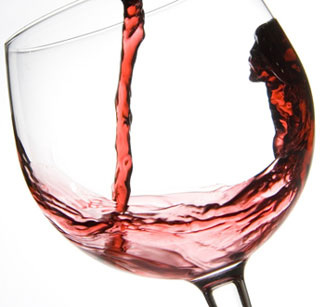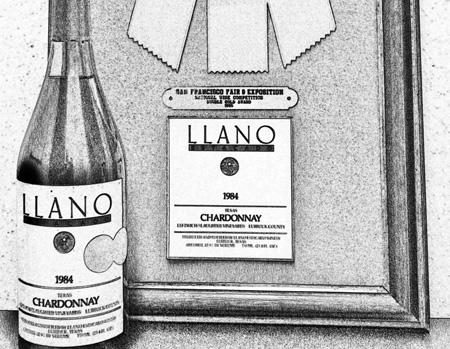Researchers Find Way to Beat Pierce’s Disease: Big News for California and Texas Wine Lovers
A team of researchers has found a way to ensure that your evening glass of wine will continue to be available, despite the potential attack of Xylella fastidiosa (Xf), a bacterium that causes Pierce’s Disease (PD) and poses a significant threat to the California (and not to mention Texas) wine industry’s valuable grapevines.
Researchers from Los Alamos National Laboratory (LANL), University of California at Davis (UCD), and the U.S. Department of Agriculture’s Agricultural Research Service have created specially engineered grapevines that produce a hybrid antimicrobial protein that can block Xf infection.
By helping the vine fight the microbe with specific proteins, the scientists envision vineyards requiring less reliance on chemicals as growers seek to fend off the bacterium and the glassy-winged sharpshooter (Homalodisca vitripennis) insect that carries it. As the insect feeds on various plants, it distributes the microbe and PD widely.
This research is published in the current edition of Proceedings of the National Academy of Sciences, “An engineered innate immune defense protects grapevines from Pierce’s disease,” by Abhaya M. Dandekar, et al. The article’s online tracking number is 2011-16027R in the PNAS Early Edition published the week of Feb. 20, 2012.
More at: http://westernfarmpress.com/grapes/california-wines-get-major-boost-against-pierce-s-disease



Good to hear!
I asked Raymond Haak at Haak Vineyards in Galveston County what vinifera he’d grow if this magic actually worked and rid us of PD.
He said, “With the idea that vinifera might be a possibility for south Texas, I would start with a list of Mediterranean reds such as Tempranillo, Mourvedre and even though they are not particularly Mediterranean, probably Malbec and Touriga. The list of whites would include Albarino, Macabeo/Viura, Verdejo and Godello.”
But he finished with a comment about he would have to be maybe 52 years old instead of 72 years old.
Russ
Do not believe everything you read. This statement indicates that indeed genetic engineering is making progress in disarming Xylella, but this approach has serious scientific, regulatory and social drawbacks. This battle is not over by any stretch.
jk
Actually, not good news at all if genetic engineering is behind it (which I believe it is). GMO grapes? Please tell me it’s not so! I’ll wait for the details to be released before getting too excited 🙂
Read the comments on the original posting from the link above – exactly true. THIS IS NO SOLUTION AT ALL!
I’m not against GM unless they start adding fish genes to my wine. If I want a food and wine pairing, I want to do it myself.
If I’m correct, the program that Andy Walker is doing at UCD is not GM, but using conventional breeding methods guided with a test using a genetic marker for resistance to PD. But, I will leave it to Jim Kamas to clear things up as it’s way beyond my technical understanding.
Jim…..Please jump back in the conversation.
Russ
Why do you feel that way? Please elaborate.
Genetic engineering (or modification) is definitely a different animal compared with conventional breeding methods. Genetic modification is the only way to deal with the resistance mechanisms not naturally found in the organism. Obviously, certain cross breeding programs could possibly bring about similar results, but I believe the research is going beyond conventional methods. The problems with GMO crops are well documented (e.g., see here, here, and here). The emerging data is showing that the risk factors associated with this practice are significant enough for us to be concerned.
I too would love to have someone more knowledgeable than myself elaborate.
As long as they keep the fish genes out of my wines, I’m happy.
Russ
Russ: I checked the article again and it appears that the cross breeding being conducted is with genetically engineered vines.
Well as a matter of fact a number of years ago we tested transgenic Chardonnay and no it wasn’t fish genes, it was frog genes that added the antimicrobial finish to the variety. As it turned out while the plants survived inoculation in the greenhouse, they did not hold up to withering PD pressure in a hot location. While we were not adverse to testing GM plant material, for most its simply not an acceptable solution. W now feel that we need to pursue a more sustainable approach to solving this problem. There are several.
You are right Russ, Andy is using classical breeding techniques to produce resistant varieties with high wine quality. Grape genes into grape. We are testing seven breeding lines at two locations in Texas now, but are due to receive budwood of the next generation of his work this week. Planning on testing them as long as our program is funded.